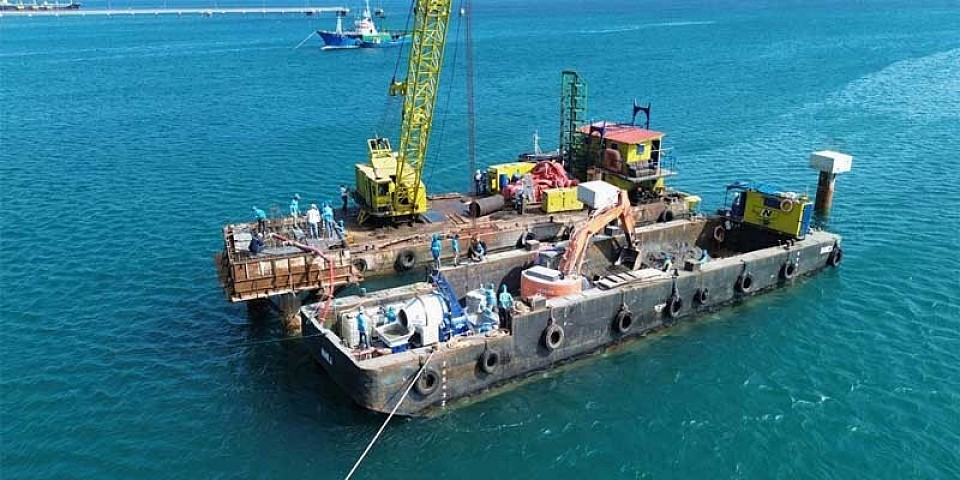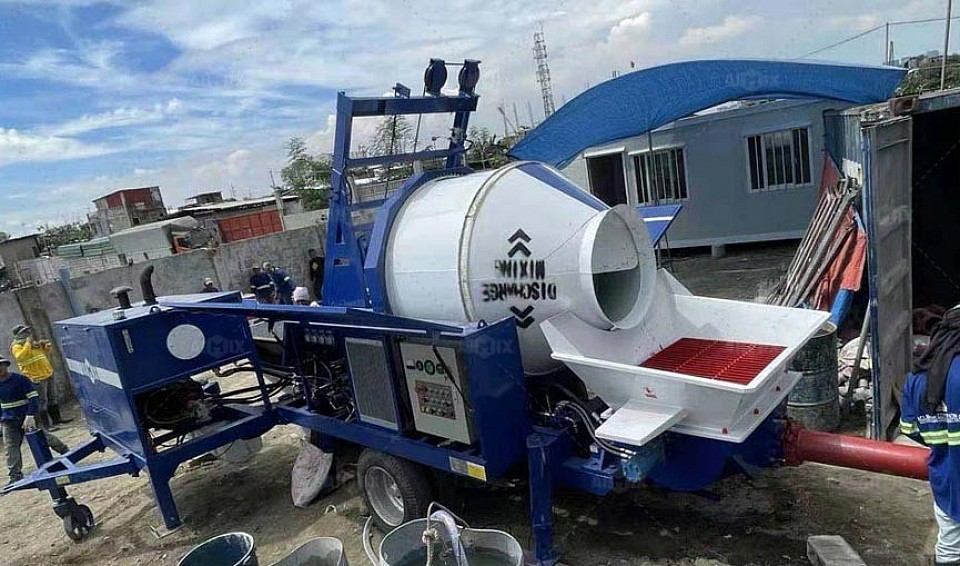Efficient Management And Fault Prevention Of Concrete Mix Pump Control System
Concrete mix pumps are indispensable in modern construction, offering precise material placement and streamlined operations. At the heart of these mini concrete pumps for sale lies the control system, a sophisticated network that orchestrates their functionality. Proper management of this system not only ensures optimal performance but also minimizes the risk of costly breakdowns. In an industry where delays equate to losses, mastering control system efficiency and fault prevention is a critical necessity.
Key Practices for Control System Efficiency
Regular calibration and software updates are foundational to maintaining an efficient control system. Over time, mechanical components can drift out of alignment, leading to discrepancies in pump output and operational inefficiency. Routine calibration ensures that sensors, actuators, and feedback loops operate with precision, eliminating inaccuracies. Furthermore, manufacturers frequently release software updates to enhance functionality or address vulnerabilities. Ensuring the system runs on the latest version maximizes compatibility and leverages improvements designed to boost overall performance.
Monitoring operational parameters in real time is equally important. Advanced control systems are equipped with diagnostic interfaces that display crucial metrics, such as pressure levels, flow rates, and motor temperature. By scrutinizing these parameters, operators can identify anomalies that may indicate potential issues. For instance, a sudden spike in hydraulic pressure might signify a blockage, while inconsistent flow rates could point to pump wear. Proactive observation allows operators to address problems before they escalate, safeguarding both the machine and the project timeline.
Fault Prevention Strategies
Identifying early signs of wear or failure is the cornerstone of fault prevention. Electrical components such as relays, circuit boards, and wiring are particularly susceptible to degradation due to environmental exposure and repetitive use. Conducting regular inspections for corrosion, loose connections, or burnt components helps mitigate the risk of sudden malfunctions. Mechanical parts, including pistons and valves, should also be checked for cracks, leaks, or wear marks that could compromise system integrity.
Implementing redundancy and backup systems provides an additional layer of protection. Modern control systems often support redundant designs, such as dual pumps or auxiliary power supplies, to ensure continued operation in the event of a primary system failure. Investing in backup systems may seem like an upfront expense, but it pays dividends during unforeseen scenarios, preventing downtime and maintaining project continuity. Moreover, integrating automated fault detection modules can streamline troubleshooting by pinpointing specific problem areas.
Efficient management and fault prevention of the control system in a concrete mix pump are pivotal to achieving consistent, uninterrupted operation. By embracing meticulous maintenance, leveraging technological advancements, and adopting proactive fault prevention measures, operators can ensure their equipment remains a dependable asset on any construction site.


